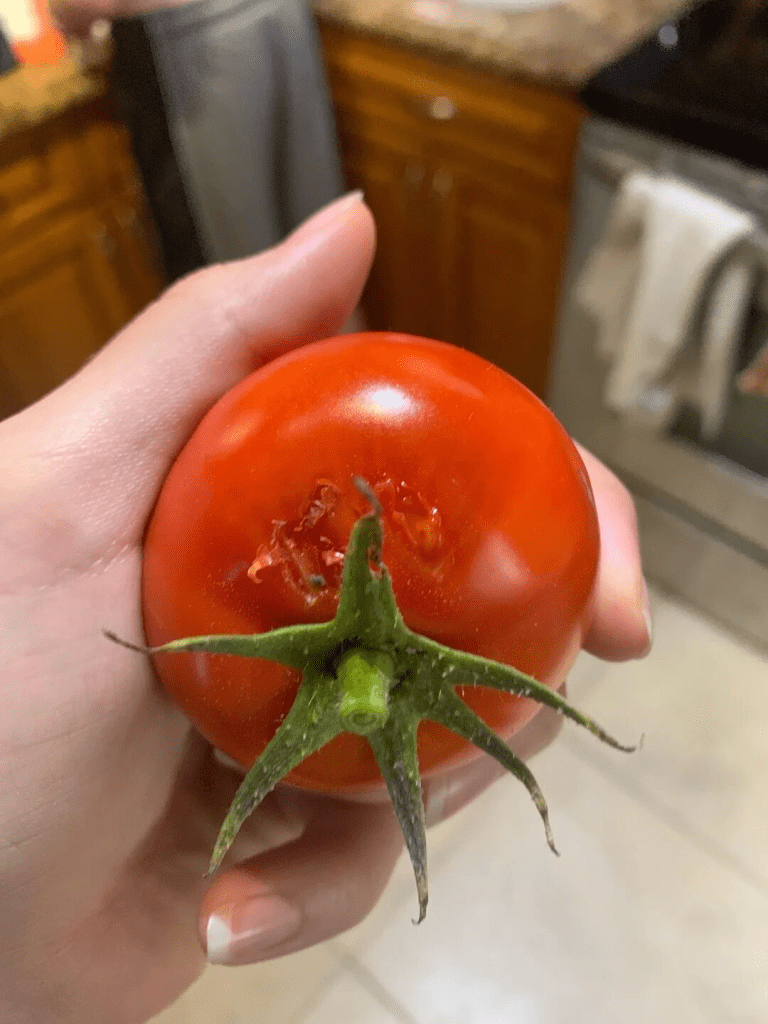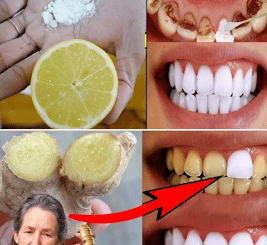
Seriously, have you ever been in your garden or at the bottom of a grocery bag, pulled out what looked like a plump, juicy tomato … and suddenly, whoosh! A hole. There it was, like it owned the place? I don’t know about you, but my first instinct is to step back a little and whisper, “What are you ?”
But before we throw that poor tomato into the compost heap and dramatically walk away (guilty), let’s pause for a moment. Holes in tomatoes are surprisingly common, and the reasons are fascinating (sometimes unpleasant, yes), but they can be solved. And if you grow your own, you’ve surely seen this oddity appear uninvited.
Let me explain why this happens, what it can mean for your precious tomatoes, and what you can actually do about it.

What causes holes in tomatoes?
Let’s start with the obvious: something got into, bitten, or nibbled the tomato. It wasn’t a coincidence. Most often, it’s one of these three culprits:
1. Insects (aka your little sworn enemies)
This is the main culprit. Tomato hornworms, stink bugs, beetles… you name it. They’re all here, acting as if your garden were a 24-hour buffet.
I remember one summer when I finally got my tomato plants looking beautiful. One morning, while I was watering them, I saw a huge green worm resting on a branch as if it were paying rent . Not only had it eaten a few leaves, but it had also settled into a tomato. I was horrified. And impressed? But mostly, horrified.
These pests chew or pierce tomatoes, leaving them in a mess and possibly with internal damage. And the worst part? Sometimes the exterior appears almost intact… until you cut it open.
2. Birds or squirrels (because sometimes they are jerks)
Birds and squirrels are adorable until they aren’t. A few pecks here, a nibble there, and suddenly your tomato looks like it’s been used as a target. Birds are especially attracted to ripe, red fruit, and if you’re experiencing drought, they may peck at your tomatoes in search of water.

Tip: If you see peck marks near the top of the fruit and it’s almost intact, it’s probably a bird. And if half the tomato is missing? Blame it on a squirrel.
3. Physical damage or increasing problems
Sometimes it’s not even a pest. It could be due to weather stress, handling, or internal defects like blossom end rot or even something called catface (yes, it’s a thing). I know it’s a weird name. But it can cause deformities and holes in the tomato flesh.
If you notice scars, craters, or strange holes that look more like growth defects than bite marks, investigate catface disease on tomatoes. It’s surprisingly common and is usually caused by low temperatures during flowering.
Is it safe to eat a tomato with a hole in it?
And here’s the million-dollar question: can you still eat it?
Short answer: maybe .
If the hole is small and you don’t see any insects inside (yuck!), and the inside of the tomato looks fresh (no mold, no slime, no unpleasant odor), then yes, it’s probably safe. Just cut around the damaged area and use the rest.
That said, if the hole is large, soggy, moldy, or just looks like something out of a horror movie, throw it away. Prevention is better than cure.
I once made the mistake of trying to rescue a tomato with what looked like a small, shallow hole. It turned out to be a tunnel. And I’ll just say it… there was movement inside. I screamed. As if I’d dropped it and run away. Lesson learned.
How to avoid holes in tomatoes
Okay, now that we’ve emotionally processed the tomato hole situation, let’s talk about prevention. Because, really? Losing your best tomatoes to insects or birds is rude.
1. Inspect your plants regularly
I know, I know, it’s easier said than done when life is busy. But even a quick daily check can help you spot pests before they spread to your garden. Look for chewed leaves, droppings, or eggs under the leaves.
2. Water your plants evenly
Interestingly, irregular watering can also lead to problems such as cracks and other vulnerabilities. Sudden increases in water (especially after a drought) can cause the fruit to split. And cracks? They’re an open invitation to the proliferation of insects and bacteria.
If you’ve ever struggled with splitting tomatoes, you know how frustrating it is. Check out these simple tips to prevent splitting and avoid it.
3. Use gardening netting or fabric.
Here’s my solution for keeping birds and squirrels away. Simply place a lightweight netting over your plants and secure it. You’ll feel like a tomato bodyguard. Plus, your fruits stay safe without harming the critters.



